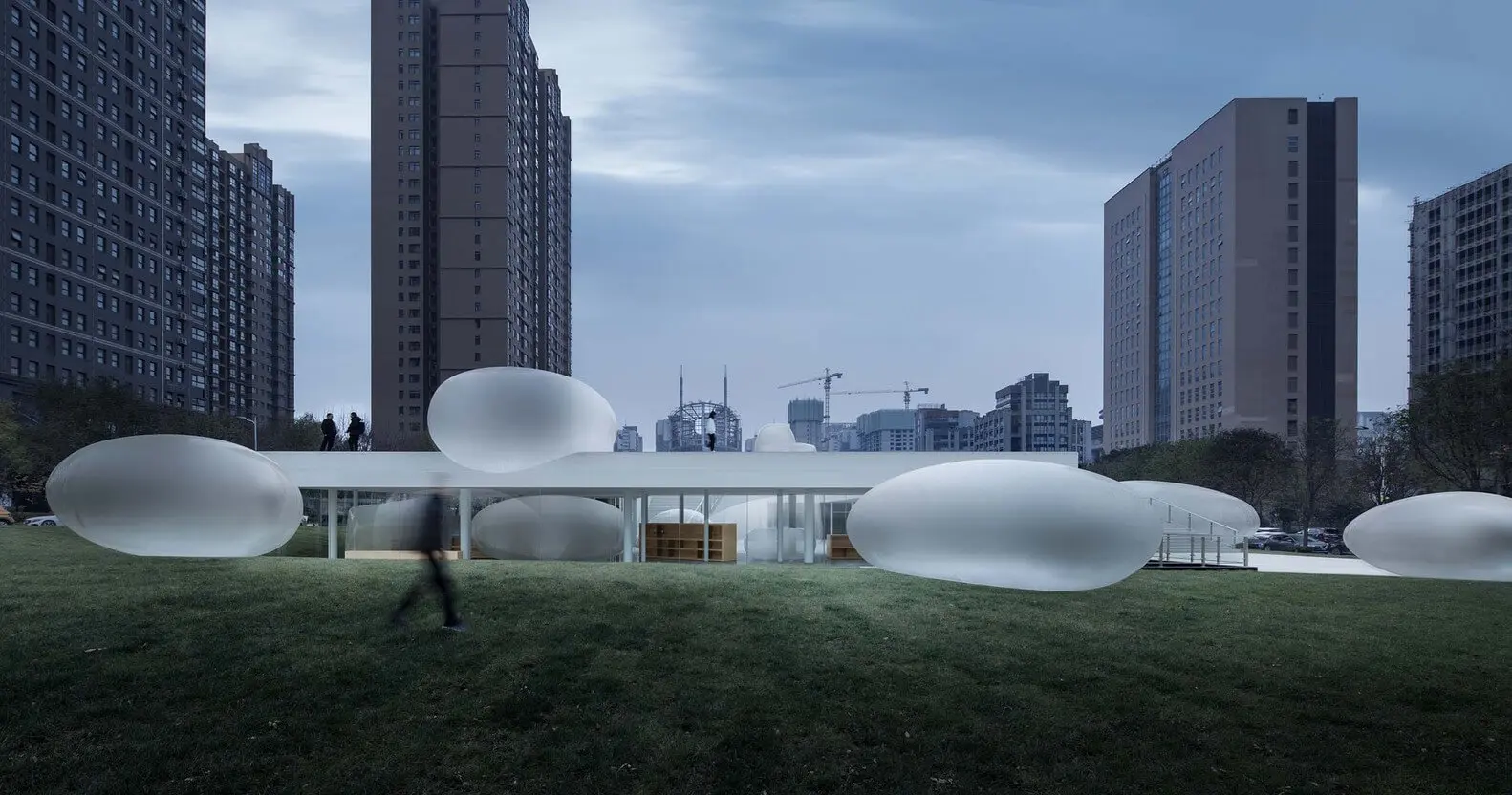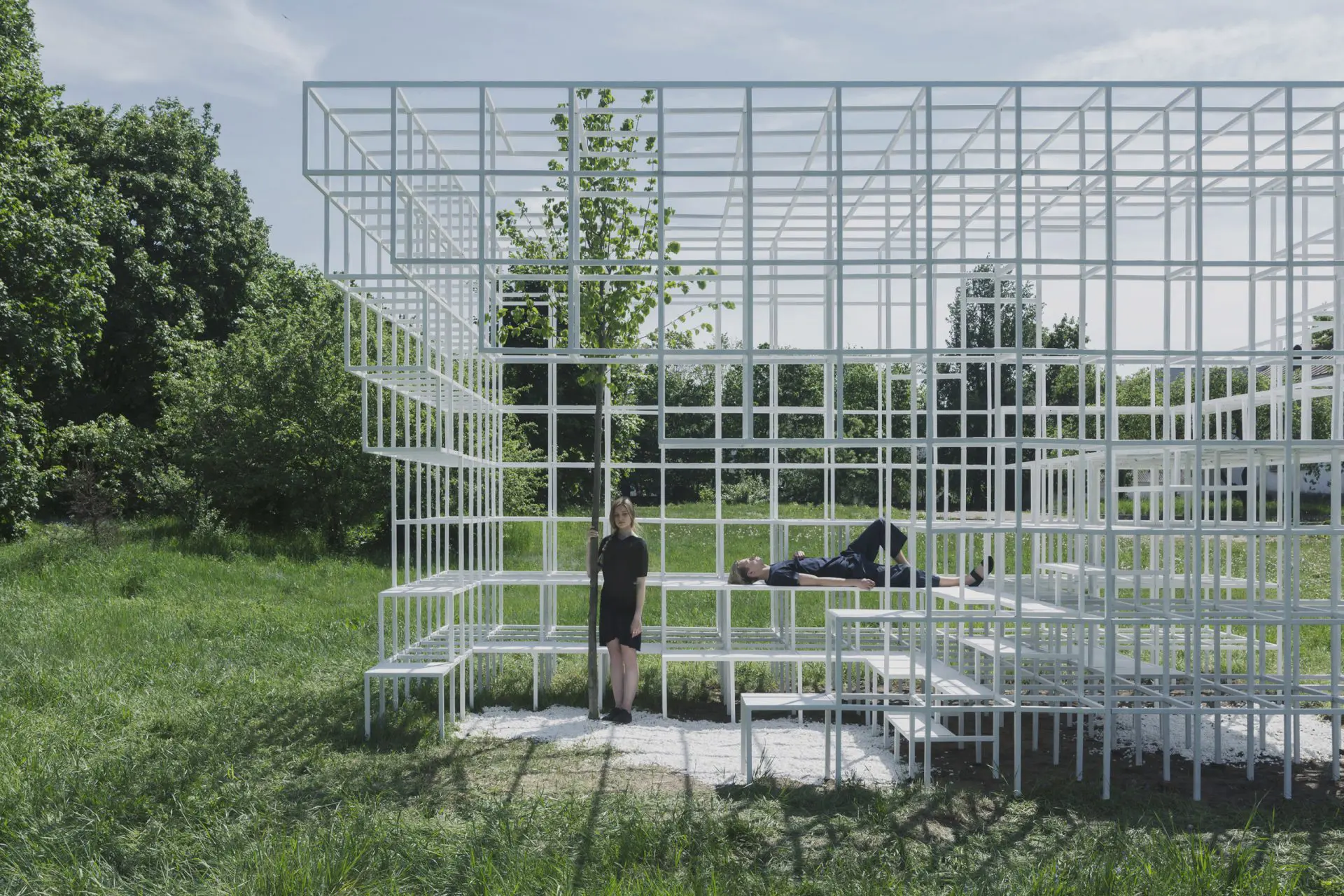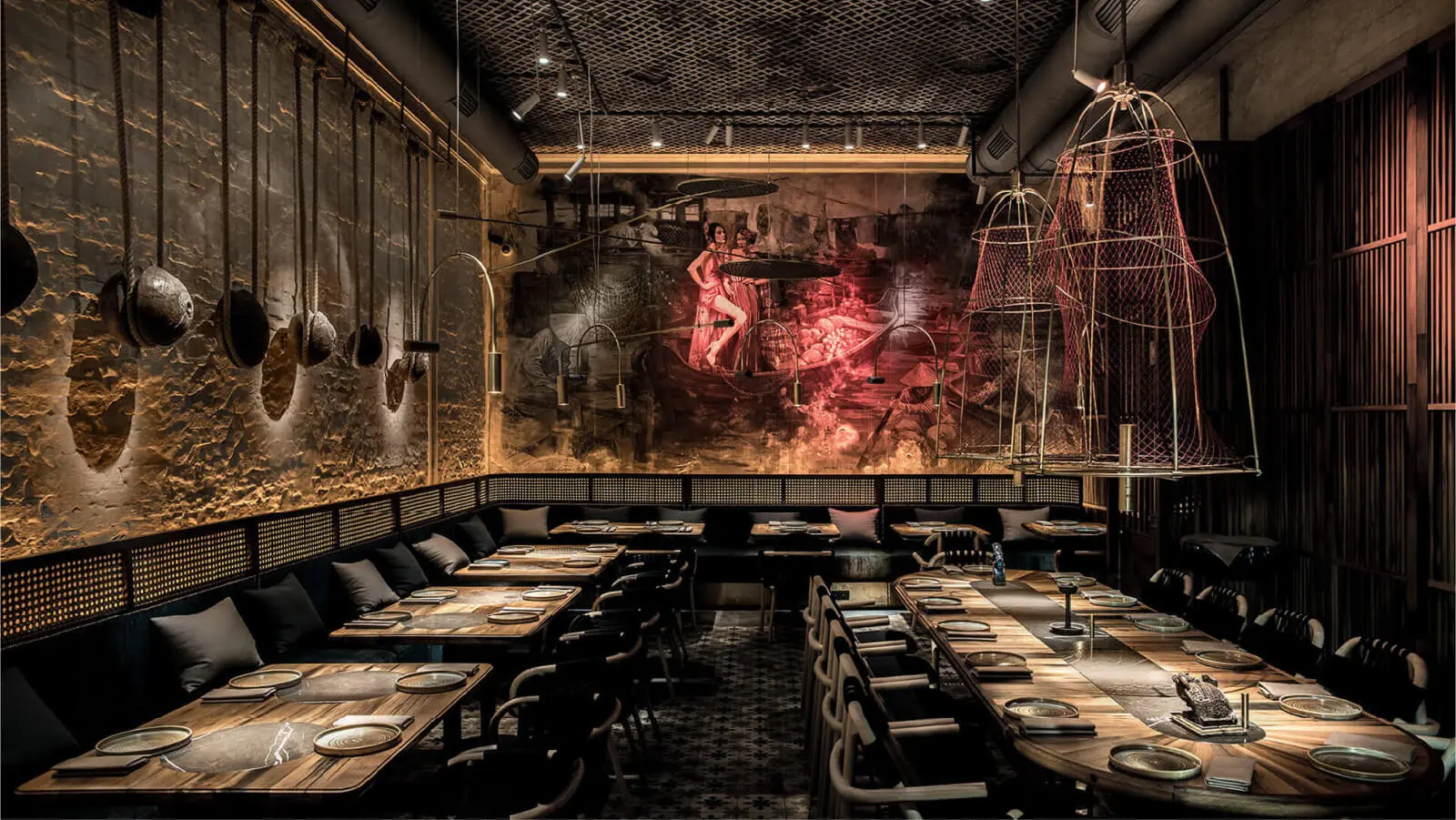Championing the adoption of Smarter Working with Philip Vanhoutte
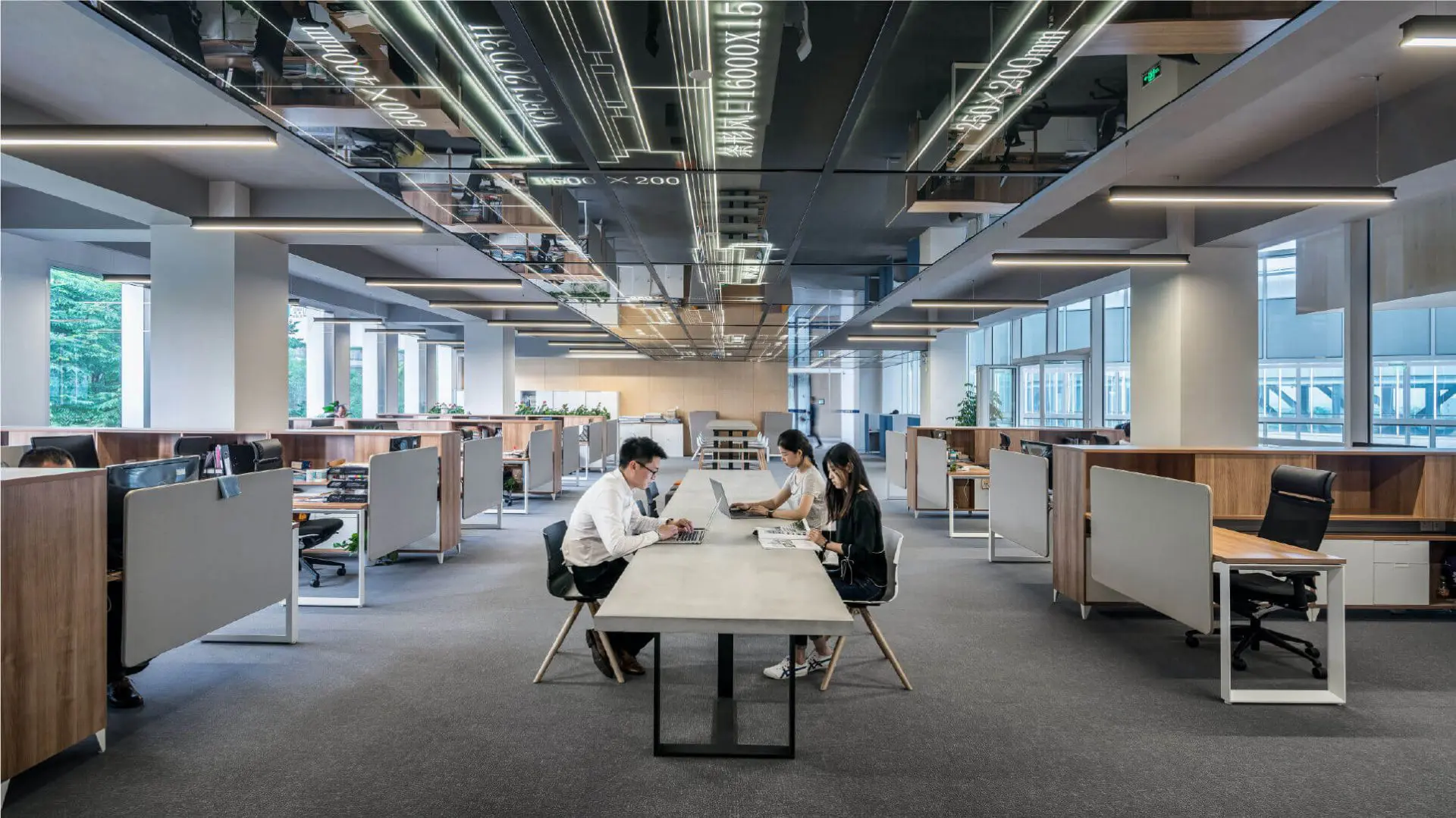
Smart working pioneer Philip Vanhoutte shares insights from his extensive experience in researching work environments and human behaviour.
Philip Vanhoutte’s passion for personal productivity tools and communication solutions have developed a purpose to accelerate the realization of human potential. His insightful views on workspace culture encompass a deep reasoning on today’s needs of workers.
Discussing how workspace education should integrate further knowledge on humanitarian and practical disciplines, Vanhoutte shares his wisdom with “The Smarter Working Manifesto” a guide on how to shape an ideal work style.
DesignWanted is honoured to interview Mr Philip Vanhoutte who will take part on the upcoming event by Workitect: “Smart Working & Mobility: work and the cities of the future” a virtual round table to discuss the changes in work culture and smart working habits, new paradigms in mobility and the impact these will have on the future of cities.

Who is Philip Vanhoutte?
Philip Vanhoutte: “Leveraging a rewarding international career in the ITC industry, my passion for personal productivity tools and communication & collaboration solutions has morphed into a singular purpose: accelerating the realization of human potential.
I stimulate Smarter Careers as catalyst for Human Realization, curating diverse tools into a cohesive framework for Self-Directed Career Management. As a career veteran I advocate Deep Motivation Analysis, discovery and unleashing of Core Energy, Essence Mining for Meaning at Work and Career Fitness Profiling.”
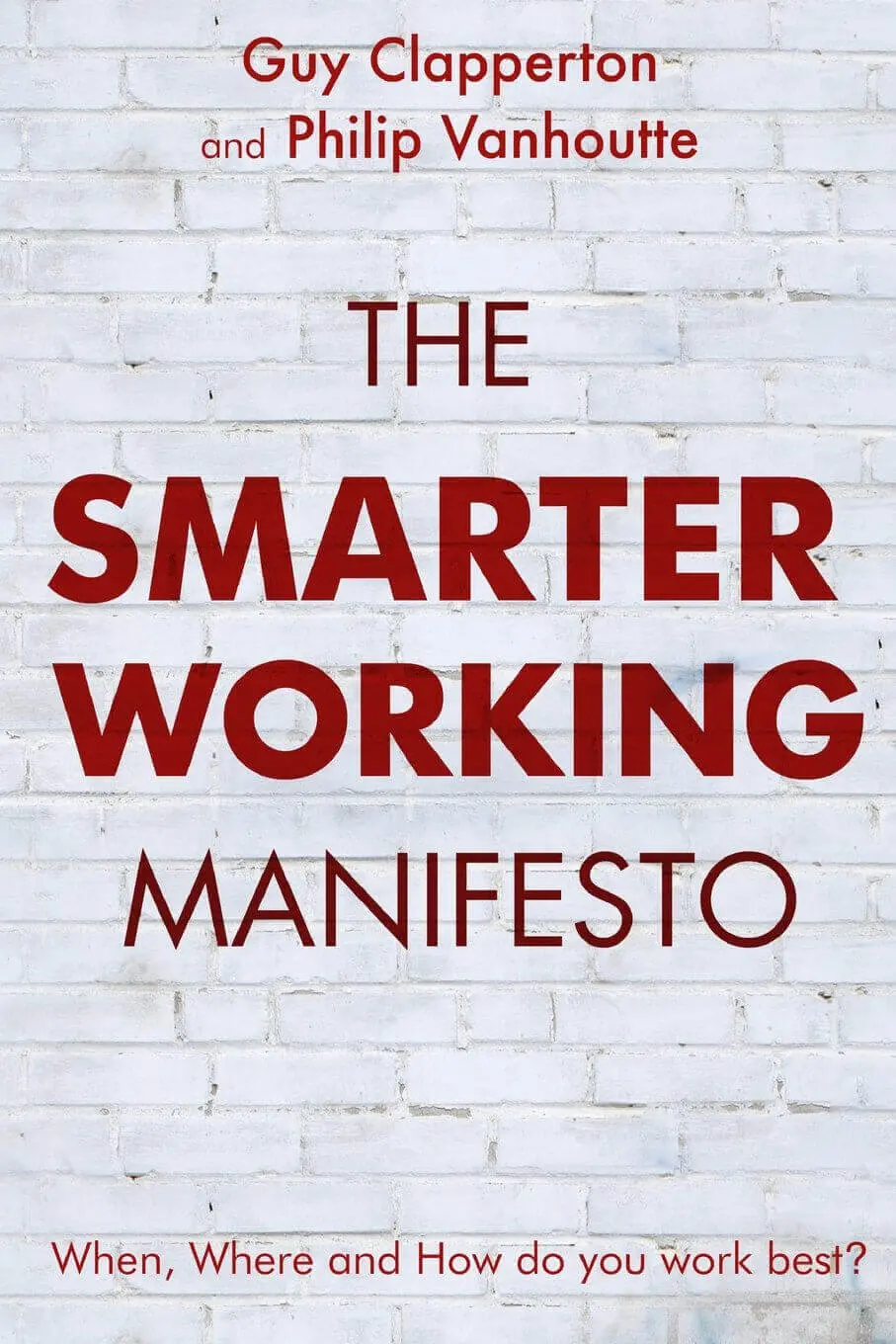
How did your journey in championing Smarter Working begin?
Philip Vanhoutte: “In 2006, I attended WorkTech in London, where I met furniture manufacturer Vitra VP Tim Oldman who was conducting a study, later published as Work Topology, about understanding where business was being done. I was asked to participate and was interviewed by Annie Leeson. Among the questions was: given the choice of where and when you could work, where would it be?
The study findings where eye-opening; creativity doesn’t happen in traditional offices, you must have regular relaxation breaks, young people need productive open-plan offices to immerse themselves in a business.
Every type of information work behaviour has its own ideal space and time, not just depending on the type of activity but also fitting your personality profile. So get out of the office for some work, yet hurry back for key teamwork.
It was then that I understood why I liked to work quietly on a cosy sofa on a Sunday morning: just being in a comfortable space, getting a lot done, being relaxed, nobody bursting in with anything urgent. But I also soon realized the limitations of working virtually.” (Excerpt from “The Smarter Working Manifesto“, Philip Vanhoutte)
Working environments are being reimagined, don’t miss Rethinking the office with Arup: wellbeing and placemaking are key to redesign our future workspace.

Why focus on the adoption of a holistic human-centered work design practice that unifies space, technology, and people?
Philip Vanhoutte: “The work people do covers many science and practice domains. Work design and management requires full understanding and application of all these. Unfortunately several of these domains (like HR, Facilities Management, and IT) are part of separate specialized education tracks, careers, roles, and functions/departments that are insufficiently working together, especially in large organisations.
Especially Business Schools have neglected to integrate these disciplines into a cohesive framework. The net result is that the majority of Business and Organisation leaders have a lack of understanding of the human dimensions of work like the Movitation Theory of Self-Determination, Ergonomics nor Biophilia and Positive Leadership.
Smarter Working wants to bring these disciplines together in support of the work to be performed. A good workitect masters and combines all this wisdom.”
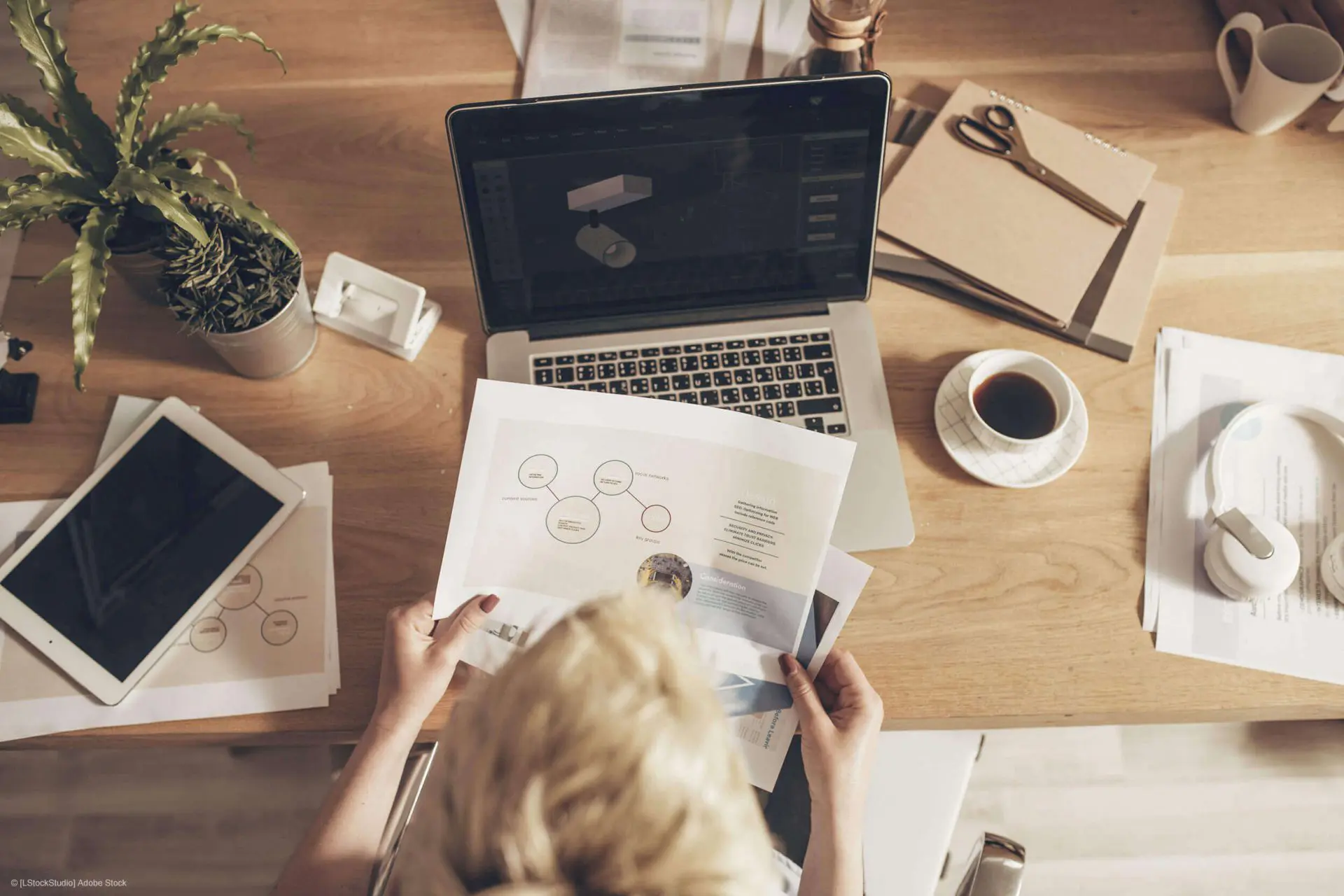
You co-wrote “The Smarter Working Manifesto”, a definitive guide on how to shape the best work style. How did the idea of writing the manifesto come to be?
Philip Vanhoutte: “Due to winning several awards for Smarter Working implementations across Europe, I had so many requests for best practice visits and keynote presentations that it overwhelmed my day job as a business leader.
My marketing team at Plantronics said the best way to spread the great learnings was to write a book about it. This was done in 2013 and published in English in March 2014 with the first translation in Italian available shortly thereafter through ESTE.
Around that time I supported professor Mariano Corso towards the establishment of the Osservatorio Smart Working at the Politecnico di Milano business school. His work created major awareness, education, and progress on the topic. But many, even in Italy, have yet to appreciate what true smarter working is all about.”

In your opinion, what are the main trends & future directions within workspace design and practices, and what do you think of them?
Philip Vanhoutte: “As always good workspace design needs to follow the needs of workers. The nature of work is increasingly know-how work with transaction processes enjoying the digital transformation. Know-how work boils down to 4 Rituals: Authoring, Selling (Presenting), Interacting, and Energizing (see next question for Energizing).
Authoring – Authoring is where you digest an assignment (good listening), source best practice, curate what’s needed, and take it to an innovative solution that needs articulating. That requires reflective focus brainwork and autonomy (as a key motivator) where concentration is needed.
Deep work needs good acoustic and visual privacy. Open offices are known to not provide such, closed work studios – in your company’s office, coworking space, or home are therefore NEEDED.
Presenting – Your work is only of value if it is accepted by others and implemented. Therefore, you need to present and sell it to others. That requires energetic presentations either in person and now virtual. Human Beings communicate with their entire 3D bodies when face to face.
With virtual meetings, your voice becomes most important. Speech impact skills are therefore crucial. It is not unusual for people to then increase the volume and tone variation of their voices which in turn can disturb others nearby. Here again, the only solution is to work in a closed Work Studio.
Interacting – Little or nothing is done in isolation. Whatever you do has an external or internal client/customer that you will need to work with, in order to progress things (a study, an implementation, the selling of a service or product, the delivery, or servicing).
That requires interacting with others. This co-creation requires workspaces (physical and digital) where voice intelligibility is crucial. Powerful speaking on one side and great listening condition on the other side are once more crucial.
In short: great acoustics and acoustic intelligence are currently even more important than ever … at the office and in the home. Unfortunately most architects design for the EYE rather than the EAR. As a result the vast
majority of cool-looking offices and houses are a nightmare from an acoustic point of view.
With the pandemic we’ve had major challenges in the office landscape and in our homes are not equipped for virtual working where concentration and speech impact are insufficiently supported.”
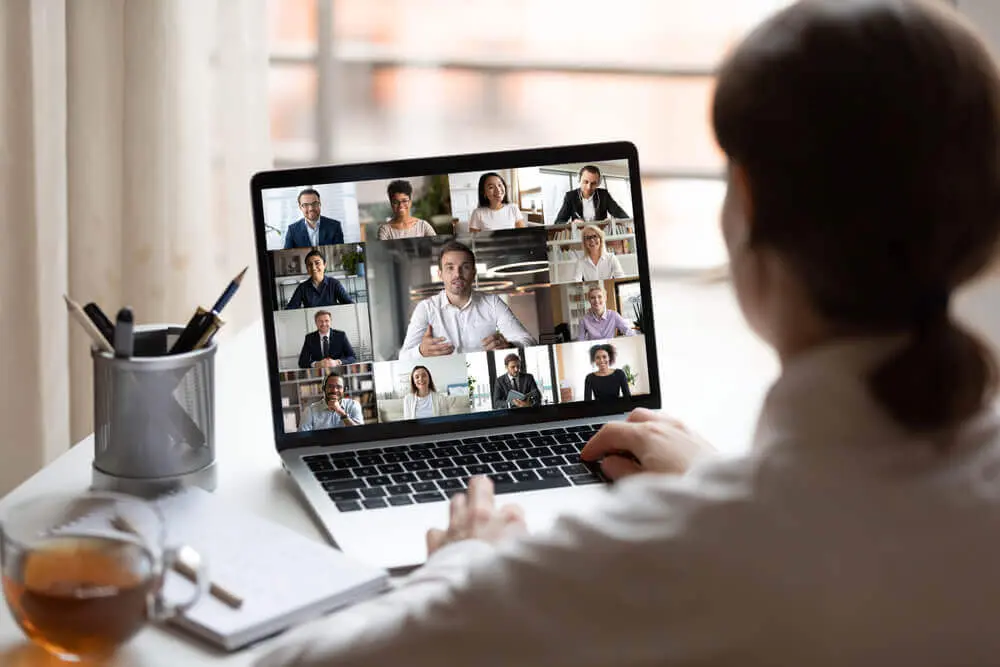
What advice would you give our readers on ways to improve working from home? What are the top 3 aspects to keep in mind to create a good work environment at home?
Philip Vanhoutte: “ONE: ensure you have a home office with a dedicated closed workspace, the WORK STUDIO.
TWO: Make sure that nature is part of your work environment, both outdoors and indoors. I launched a movement to inspire people. I call this Nature@Work.
THREE: take frequent breaks to energize. 5 or 10min every hour, half hour minimum mid-morning and mid-afternoon. Decent 45-minute lunch break preferably all outdoors in nature.
In fact energizing should now become the number one work ritual.
Humans cannot be focused/concentrated/engaged for more than a half hour. So the work day needs to be designed with that in mind
Energizing is working, just ask sports athletes!”

We are excited to see that you will be attending the event “Smart Working &
Mobility”, what are your expectations of the event and what are you looking forward
to the most?
Philip Vanhoutte: “Those curious about distributed work success will discover that the best practice case studies have been around for decades. In fact this week I am pleased to support the launch the European Smart Work Network with the purpose of inspiring and supporting Smart Work practitioners.”
Home offices are on the rise and will not fade away, check out How to create a more mindful office while you work from home.



